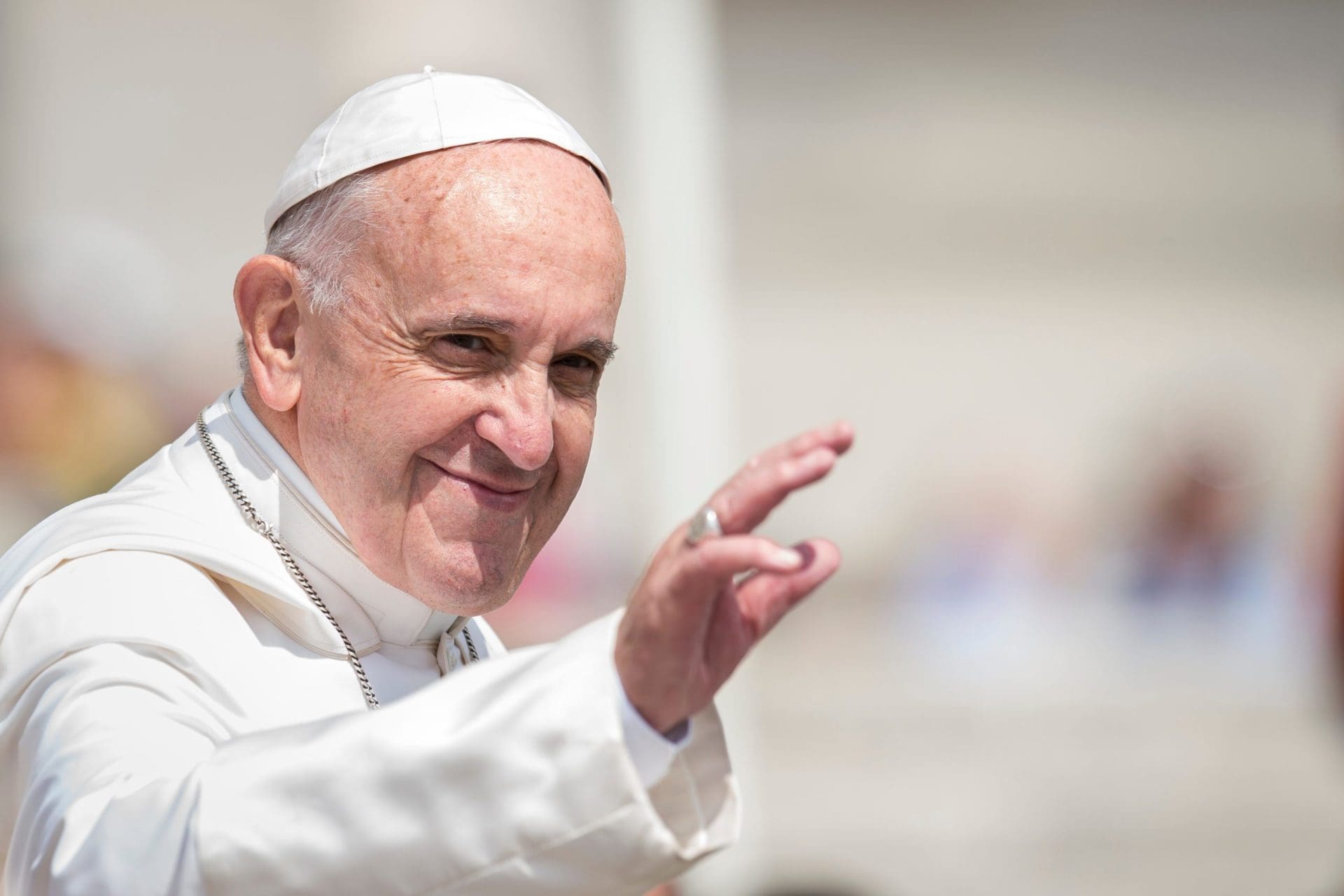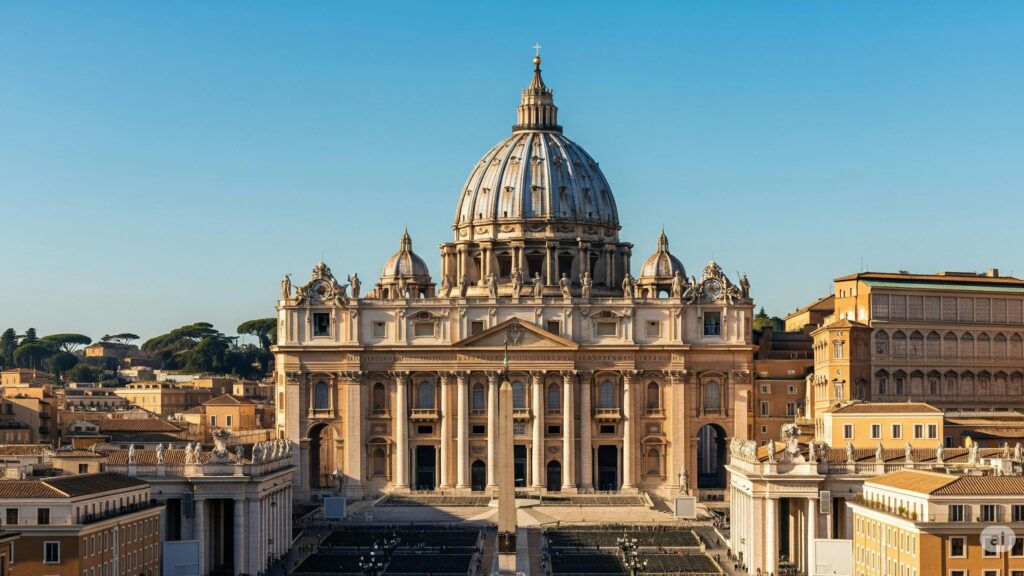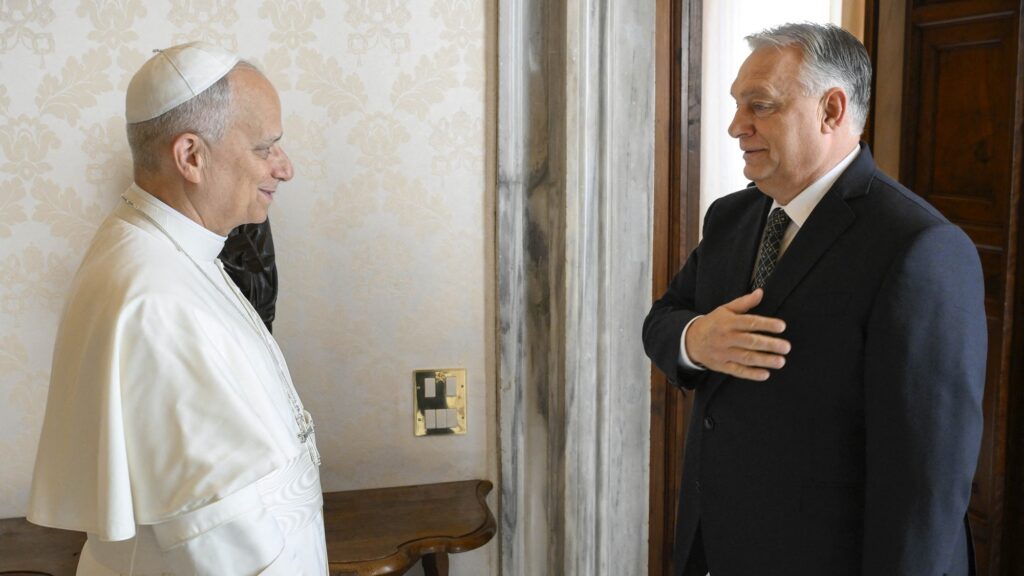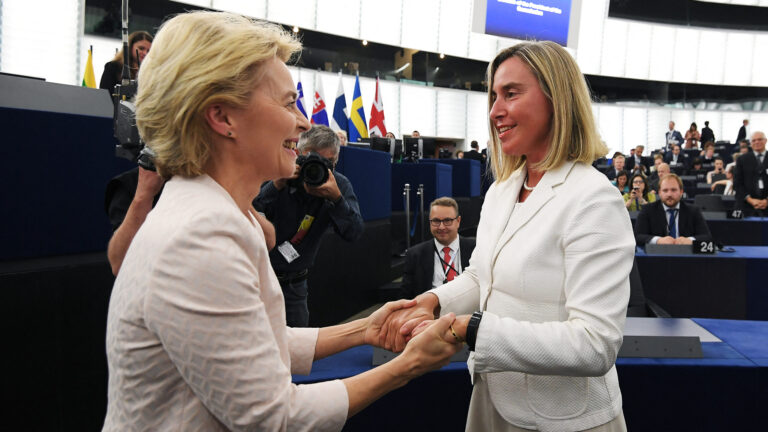I was recently asked by some Catholics, in light of Pope Francis’ public health issues, whether a Pope could legitimately be removed from office by the College of Cardinals for just reasons?
Papal deposition has occurred before in the Church’s history. The most salient cases were those of Pope Benedict IX in 1046—he was the only one in history to be chosen Pope more than once: 1032-1044, March to May 1045, and 1047-1048—and Pope Gregory VI the same year.
The deposition of Benedict IX occurred at the Synod of Sutri (suburb of Rome) at the behest of the German king Henry III. Prior to this, Benedict, in his desire to marry, abdicated the papacy and left it to John, Bishop of Sabina, who took the name of x Sylvester III (January to March 1945). Unsuccessful in marrying the woman of his desires, Benedict returned to Rome and deposed Sylvester, thereby reassuming the Petrine office—the Bishops of Rome were normally elected by acclamation of the local clergy and people; it only fell to the cardinals when Pope Gregory X set new rules for papal election in his Constitution Ubi periculum in 1274. A few months later, Benedict sold the papacy—this would constitute simony: the selling or purchasing of Church sacraments, ecclesiastical offices, and the like—to his godfather, John Gratian, the Archpriest of St. John “ad portam Latinam,” who took the name of Gregory VI.
In December 20, 1046, at the Synod of Sutri convoked by Henry III, Gregory’s claim to the papacy had been declared vitiated because of the crime of simony and was thereby deposed, leaving Benedict IX as the legitimate Pontiff. Since Benedict did not show up at Sutri on 24 December, as requested by Henry, he too was deposed. The German sovereign had the synod clergy choose Suidger, Bishop of Bamberg (Bavaria), as the new Pope who took the name Clement II—he crowned Henry as the new Holy Roman Emperor the day after on Christmas Day at St. Peter’s Basilica.
The notion of papal deposition was picked up centuries later with the teaching of Conciliarism at the Council of Constance (1414-18); its fourth and fifth sessions declared for the superiority of an ecumenical council over a Pope. Although this council is recognised by the Church as the 16th Ecumenical Council, neither was it convened by a legitimate Pope nor were its declarations ever formally approved in their totality, Conciliarism in particular. While fifteenth century canon lawyers upheld that in case a Pope commit public heresy or a crime committed he could be condemned and deposed by a general council, they did not explicitly formulate the doctrine of such judicial supremacy.
Conciliarism was formally condemned by the First Vatican Council (1869-70), which defined papal primacy, declaring that the Pope had “full and supreme jurisdiction over the universal Church, not only in things which belong to faith and morals, but also in those which relate to the discipline and government of the Church spread throughout the world.”
Resignation of the Papacy
Putting aside the consideration of possible doctrinal situations—such as psychological insanity, heresy, schism, or apostasy—the Code of Canon Law, as stipulated by canon 332, §2, solely refers to resignation of a Pope as the only possible case of loss of power:
“If it happens that the Roman Pontiff resigns his office, it is required for validity that the resignation is made freely and properly manifested but not that it is accepted by anyone”—such was the case of Benedict XVI in 2013.
Many hold that Benedict’s resignation is not valid because he maintains the title of “Pope Emeritus”
Many, incidentally, in the Catholic world, specifically among traditional circles, hold that Benedict’s resignation is not valid because he maintains the title of “Pope Emeritus”. According to some, ‘Emeritus’ means “that to some extent [Benedict] remains pope…[sustaining] that the pontifical election has imparted an indelible character, which he does not lose with the resignation. The abdication would presuppose in this case the cessation of the exercise of power, but not the disappearance of the pontifical character”.
First, the term “pope” is not a juridical tittle as it never appears in the Code of Canon Law as such—unlike Roman Pontiff, Supreme Pontiff, and Bishop of Rome. It is, rather, a customary address to the one who occupies the Throne of St. Peter—(Latin: papa, from Greek: πάππας, romanised: pappas, ‘father’). Therefore, while the title “Pope Emeritus” can project some ambiguity, it has no legal recognition—I would opt of “Bishop of Rome Emeritus”.
Unlike the Sacrament of Holy Orders which confers a baptised male with the indelible character to act in persona Christi, i.e., to validly perform the Sacraments, the papacy is not a spiritual or sacramental condition. It is an ‘office’, specifically a divine institution conferred upon one man, the successor of St. Peter, with universal jurisdiction over the entire Church to teach, govern, and sanctify. He can only assume this if he is already a validly consecrated bishop:
Can. 332 §1. The Roman Pontiff obtains full and supreme power in the Church by his acceptance of legitimate election together with episcopal consecration. Therefore, a person elected to the supreme pontificate who is marked with episcopal character obtains this power from the moment of acceptance. If the person elected lacks episcopal character, however, he is to be ordained a bishop immediately.
Such as the case with Pope Gregory the Great who was elected to the Papal Throne while still being a deacon in early 590. He assumed the Petrine Office on 3 September that year when he had his election approved by the Byzantine Emperor Maurice and subsequently received the fullness of Holy Orders—this is the reason Pope St. Paul VI transferred his feast day from 12 March to 3 September.
The understanding of the institutional role of the papacy as a juridical role was clearly understood as early in the third century when Pope Pontian resigned as Bishop of Rome on 28 September 235, after being elected on 21 July 230—the first pope to do so. Knowing his death was inevitable under the persecutions of Maximius, he wanted to both ensure an orderly transition of power and put and end to the then-eighteen-years-old schism in the Church. The last salient Pope to renounce his Office prior to Benedict XVI was Celestine V on 13 December 1294, which was upheld by Pope Boniface VIII in Quoniam (Sexti Decretalium Liber. I, Tit. VII, chapter 1)—the last Pope to resign was Gregory XII on 4 July 1415.
Being that the Petrine ministry is a juridical office, in order to ensure the validity of his abdication, the Pope would need to expressly and publicly manifest it in such a manner that there is clear evidence thereof, i.e., that he has not been mentally or physically pressured, threatened, or the like, lest his resignation be invalid.
Yet what if a Pope has a stroke or any other illness causing him to lose his mental faculties to the point he could no longer exercise the Papal office? Can the Throne of Peter be declared vacant by the Sacred College if it is permanently impeded?
What Happens when the Papal Throne is Impeded?
Canon 335 states: “When the Roman See is vacant or entirely impeded, nothing is to be altered in the governance of the universal Church; the special laws issued for these circumstances, however, are to be observed.”
This canon is in application of the Apostolic Constitution of Pope Pius XII De Sade Apostolica Vacante (1945), which established the juridical procedure in case the Papal throne became vacant, either by death or resignation; it is impeded as envisaged in canon 412 (Code of Canon Law of 1917), through imprisonment, banishment, exile, or incapacity. Yet neither Pius XII nor any other law has ever been promulgated to cover the eventuality of the Petrine office being impeded. Pope Paul VI (1962-1978), however, had personally complemented for this void.
Just a few years after his election, Paul VI had handwritten a letter in Italian to his then-Secretary of State Cardinal Amleto Giovanni Cicognani on 2 May 1965, which translates:
“We Paul VI, by divine Providence Bishop of Rome and Pontiff of the universal Church, in the presence of the Holy Trinity… declare in case of infirmity, to where there is no foreseeable cure, or a long one that would impede our sufficient exercise the functions Our Apostolic ministry; or rather in case of a grave and prolonged impediment that would likewise be an obstacle, We resign Our sacred and canonical Office, as Bishop of Rome and as Head of the Holy Catholic Church, leaving unto the hands of the Cardinal Dean of the Sacred College of Cardinals, along with the Cardinal Prefects of the Dicasteries…the faculty to accept and render effective Our abdication…”[1]
The contextual understanding of his letter was a permission granted to the Cardinals to declare the Papal office vacant in the case the Pope
What Paul VI had established was a directive and not a procedure in the event he became so mentally and physically incapacitated that he would be unable carry our his Papal duties. The contextual understanding of his letter, which externally could be seen as a deposition, was a permission granted to the Cardinals to declare the Papal office vacant in the case the Pope, for example would have suffered a stroke and consequently be unable to validly resign with a free and deliberate will. This was never promulgated into law.
Ultimately, there is no Church legislation to remove a Pope from his Office, although that does not mean that a Papal law cannot be formulated to the effect. Until then, the principle of “the First See is judged by no one” remains fully intact.
[1] Leonardo Sapienza, La barca di Paolo. Milan, San Paolo Edizioni, 2018, 194-196.







